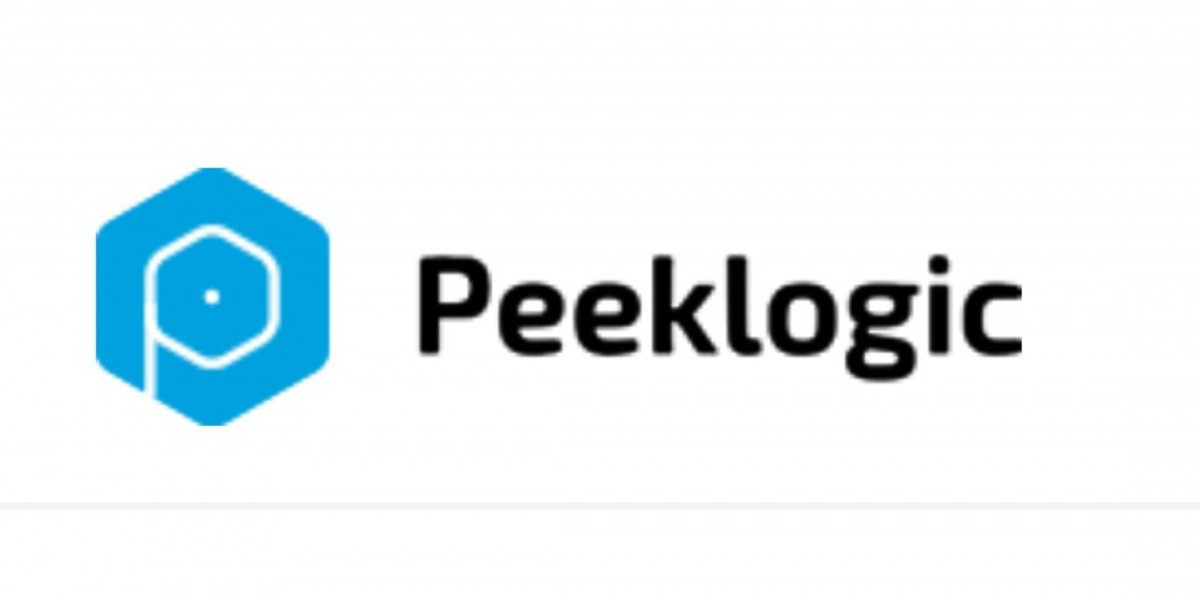The Role of a Salesforce to NetSuite Connector
A salesforce to netsuite connector addresses this problem by enabling real-time, bidirectional synchronization between CRM and ERP. Instead of relying on manual data transfers or spreadsheets, information flows automatically between the two systems. This ensures every department operates from a single, consistent dataset, improving collaboration and decision-making.
Key Features of the Connector
Two-Way Data Sync: Opportunities in Salesforce can be converted into NetSuite sales orders or invoices, while NetSuite updates—such as payment status or fulfillment—are reflected back in Salesforce.
Customizable Field Mapping: Businesses can align specific Salesforce objects (Accounts, Opportunities, Cases) with corresponding NetSuite entities (Customers, Orders, Invoices).
Automation Support: Integrates with Salesforce automation tools like Flow and Process Builder to create event-driven updates across both systems.
Enterprise Security: Token-based authentication and encrypted transfers safeguard sensitive customer and financial information.
Scalable Design: Handles increasing transaction volumes without performance loss, making it suitable for growing organizations.
Benefits Across Teams
Sales Teams: Gain visibility into financial and fulfillment data directly within Salesforce, allowing them to provide accurate updates to customers.
Finance Teams: Access real-time sales pipeline data from Salesforce, enabling faster invoicing and revenue recognition.
Customer Service: Respond quickly to inquiries by accessing order, shipment, or payment details without leaving Salesforce.
Management: Leverage consolidated dashboards that combine sales and finance metrics for strategic insights.
Operational Improvements in Practice
Faster Order-to-Cash Cycle: Real-time synchronization accelerates billing and cash flow.
Reduced Manual Effort: Eliminates the need to re-enter data between Salesforce and NetSuite.
Fewer Errors: Automated syncing prevents inconsistencies caused by human input.
Transparency and Trust: Both customer-facing and back-office teams share a unified source of truth.
Implementation Considerations
Rolling out a salesforce to netsuite connector typically starts with defining critical processes such as opportunity-to-order and account-to-customer syncing. From there, businesses can expand into advanced workflows like inventory visibility or payment reconciliation. A phased rollout ensures smoother adoption and measurable value from day one.
Long-Term Value
The connector provides more than short-term efficiency. Over time, it:
Scales with organizational growth and evolving business processes.
Reduces IT costs by minimizing custom integration work.
Enhances collaboration between sales and finance departments.
Improves customer experience with faster, more accurate communication.
Conclusion
The salesforce to netsuite connector is not simply a technical integration—it is a strategic enabler of end-to-end process alignment. By connecting Salesforce and NetSuite in real time, it unites CRM and ERP workflows, boosts productivity, and creates transparency across the entire organization. For companies looking to accelerate growth and improve operational excellence, this connector offers a scalable and reliable foundation.








